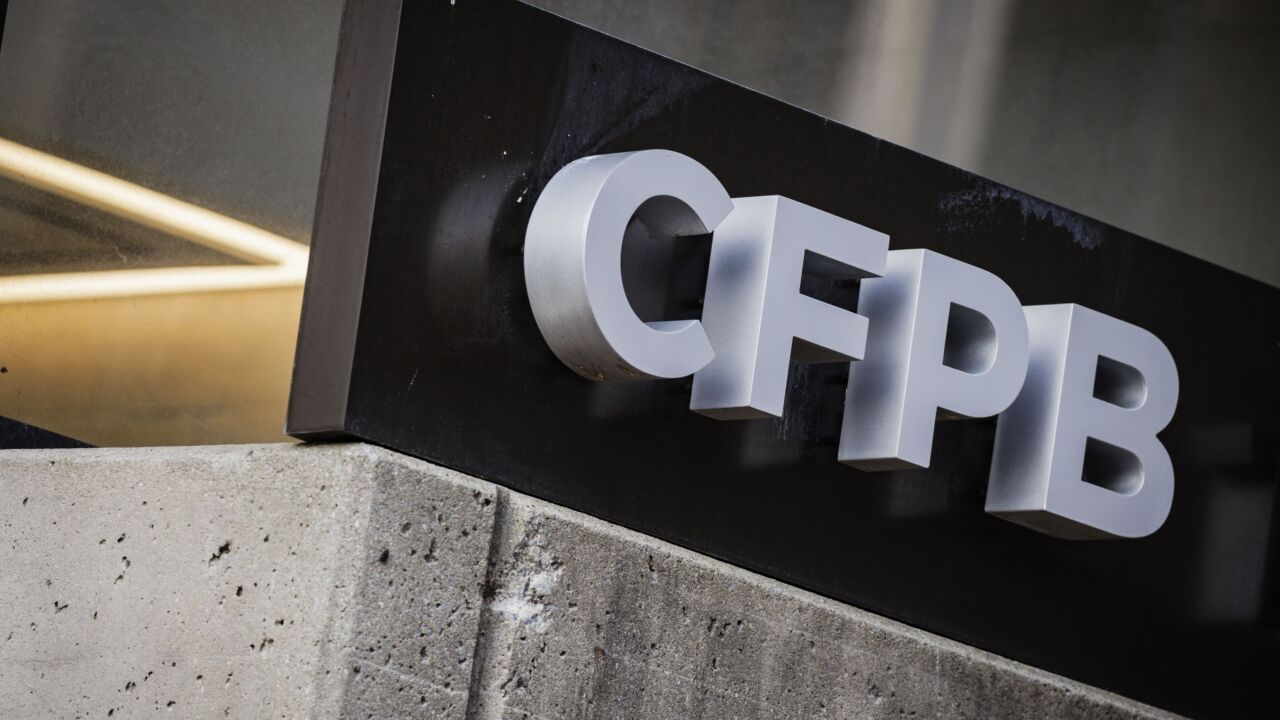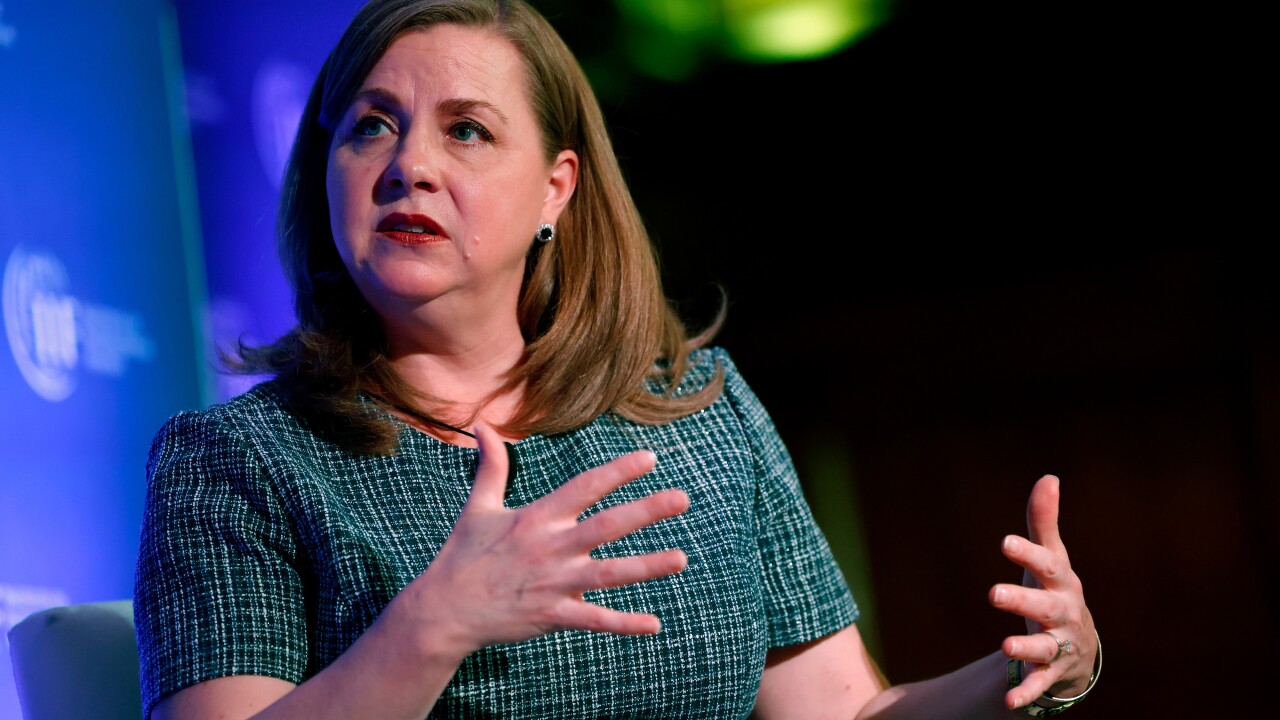
It's no secret that most people in and around Washington, D.C., love the nonsensical idea of a "free lunch." Everyone comes to Uncle Sam asking for handouts and assuring taxpayers their pet project will not cost them a thing. Just recently,
This is a proposal that has been
While supporters of this idea usually claim taxpayers will bear none of the cost, a recent Taxpayers Protection Alliance, or TPA, analysis shows the cost could exceed $30 billion — and will be borne by taxpayers, not banks.
TPA
But what's particularly concerning is this proposal has gained traction among at least a few Republicans. In addition to Hagerty, even Treasury Secretary Scott Bessent said
Politics aside, the proposal remains deeply flawed. First, 99% of all accounts in the U.S. are already covered under the current $250,000 deposit insurance limit. Small businesses that need more protection have avenues to safeguard their holdings via the private sector. Fears of savings being lost in the wind are unfounded.
There's a reason to assume otherwise. Figuring out the costs of a deposit insurance increase is complicated — so complex, in fact, that the Federal Deposit Insurance Corporation did not even offer a cost estimate when it suggested raising the level for business accounts back in 2023.
There are ways to make educated calculations. TPA recently
The Consumer Financial Protection Bureau sent a letter to the Government Accountability Office last week criticizing a probe into the bureau's funding request for 2025, insisting that acting CFPB Director Russell Vought has "sole discretion'' to determine funding and staffing levels.
Raising the deposit insurance limit would dilute the FDIC's ratio of federal reserves to insured deposits. By law, the FDIC must maintain a certain statutory minimum. Thus, any dilution would require a special assessment on the banking industry to bring the ratio into compliance. TPA estimates a roughly $30.1 billion assessment would be required in order to correct the ratio. However, because the deposit insurance limit would be higher, the FDIC would have to charge higher premiums each year thereafter. This figure will keep compounding over time, leading banks to pay an estimated 64% more in premiums overall. That raw cost, in itself, would quickly run to $3 billion per year.
Even if Congress were to enact a relatively small deposit insurance increase on business accounts, the costs are not much lower. A special assessment on a $15 million deposit insurance cap would likely be around $26.3 billion, with an additional $2.3 billion in annual costs thereafter, rising over time.
Of course, it will not be the banks who bear those costs. When banks incur higher premiums, they usually pass them onto consumers in the form of higher fees, higher lending rates, and lower rates on deposits. Even if banks were to graciously eat those costs, customers still lose, as banks will have less to lend out. There is a multiplier effect on lending when bank capital takes a hit from higher costs. In simple terms, a $30 billion cost to capital means as much as $300 billion less in lending support for consumers, small businesses, and farms.
This impact on customers is what makes the latest push on deposit insurance particularly ill-advised. While the largest banking trade groups have not taken a position on the issue, we understand that some bankers have quietly pushed for Rep. Waters' proposal. These institutions claim they are willing to pay this cost for more deposit insurance. Anyone with an elementary understanding of economics knows businesses (banks included) don't stay in business by incurring higher costs without finding some way to also extract more revenue. Claims that existing and prospective bank patrons won't be harmed by this proposal are naïve at best.
If lawmakers are going to have a substantive discussion about deposit insurance reform, they need to be open and transparent about the potential costs. Ultimately, Americans are not willing to pay $30 billion to subsidize the 1% of large accounts that are over the current limit, just to backstop more speculation. The words of economist Milton Friedman echo through time, "There's no such thing as a free lunch."






